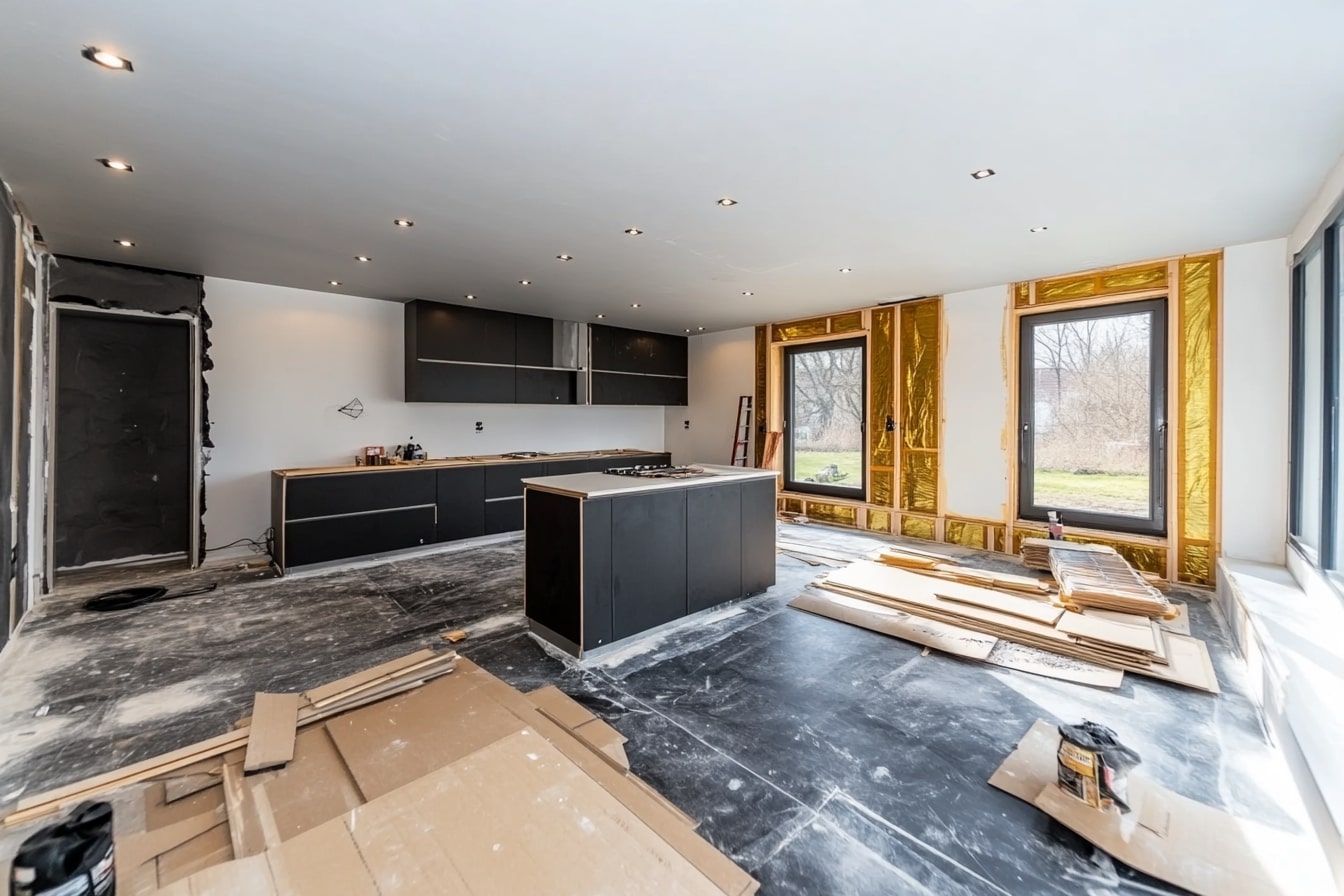Decoding the Popularity of Micro Apartments: A New Wave in Urban Housing
In today's fast-paced urban environments, a new trend is transforming the housing landscape—micro apartments. These compact living spaces are offering a unique solution to the scarcity of affordable housing in city centers. This article will dive into the rise of micro apartments, discussing their historical context, benefits, challenges, and the potential effects on the real estate market.
The Emergence of Micro Apartments
Micro apartments, dwellings typically between 150 to 400 square feet, are not entirely a modern invention. In the post-war era, efficiency apartments were popular in urban centers, offering a cost-effective solution for growing populations. However, in recent years, these small homes have seen a resurgence, particularly in high-rent cities like New York, San Francisco, and Boston.
The Current Market Trends
The appeal of micro apartments lies in their affordability and location. Young professionals and students, eager to live in bustling city centers without breaking the bank, form a significant portion of the micro apartment demographic. Additionally, the minimalistic lifestyle trend is contributing to their popularity. As city populations continue to grow, and rent prices increase, the demand for micro apartments is projected to rise.
The Advantages and Challenges of Micro Apartments
Micro apartments present an attractive real estate strategy for both developers and renters. For developers, the smaller units allow for higher density, translating into higher potential returns. For renters, the lower cost and central locations make urban living more attainable.
However, there are challenges too. Zoning laws in some cities restrict the size of living units, posing a hurdle for developers. For renters, the limited space can be a downside, particularly for those accustomed to larger living areas.
The Impact on the Real Estate Market
The rise of micro apartments could significantly alter the real estate landscape. Developers may shift towards building smaller units, affecting the supply of traditional apartments. For investors, micro apartments offer a unique opportunity for high returns, given the growing demand. However, the potential impact on property values in areas with high concentrations of micro apartments is yet to be fully understood.
Conclusion
Micro apartments are reshaping urban housing, offering a potential solution to city center affordability. As this trend continues to gain traction, it’s crucial for real estate professionals to understand the advantages, challenges, and potential impacts of this new wave in urban living. Through staying abreast of these trends, investors, sellers, and buyers can make informed decisions and optimize their real estate opportunities.





